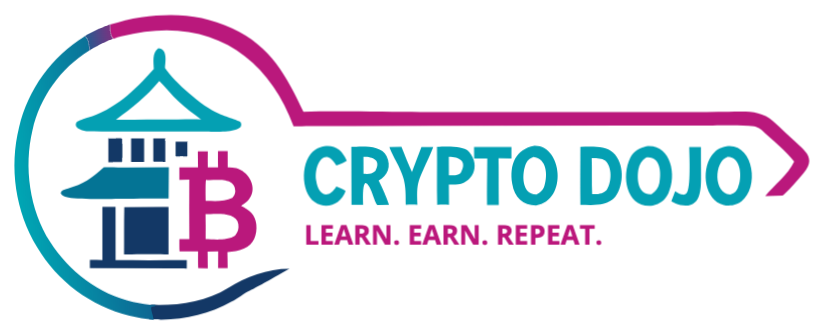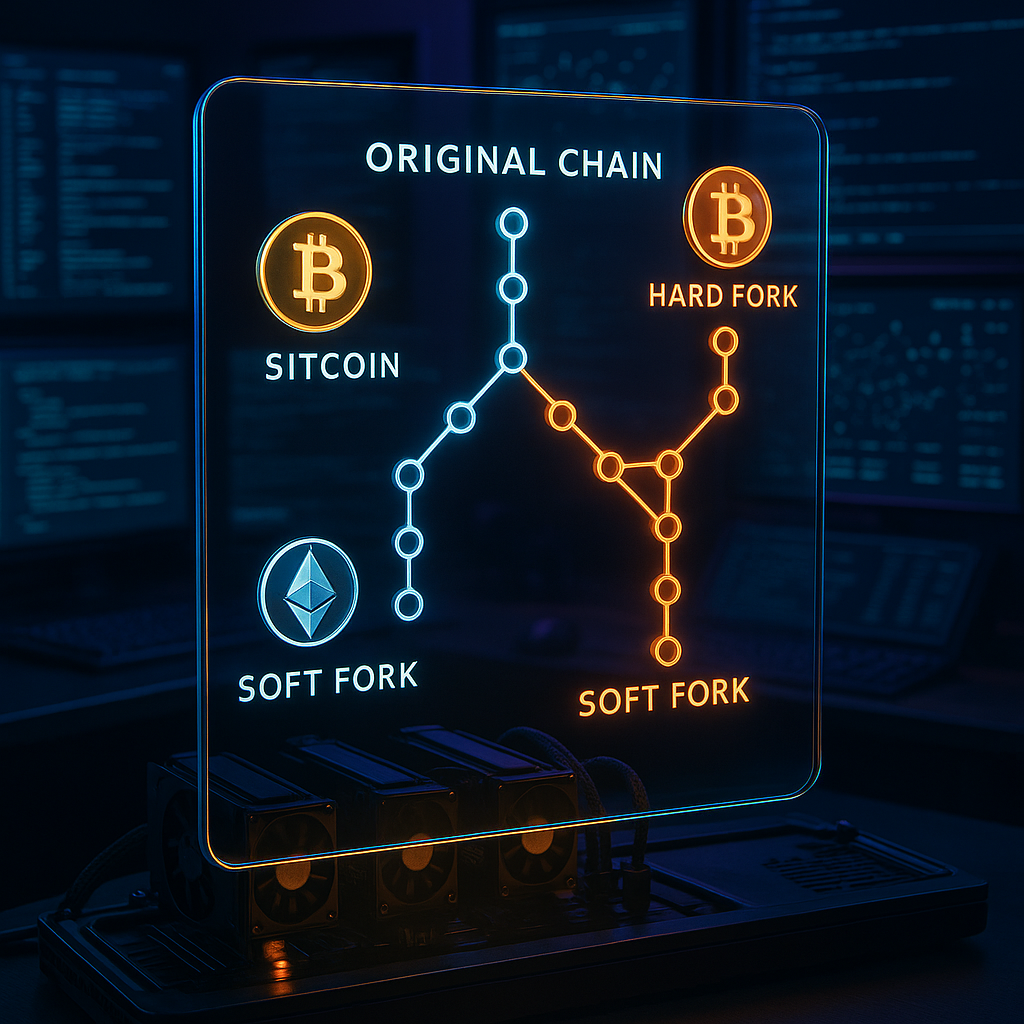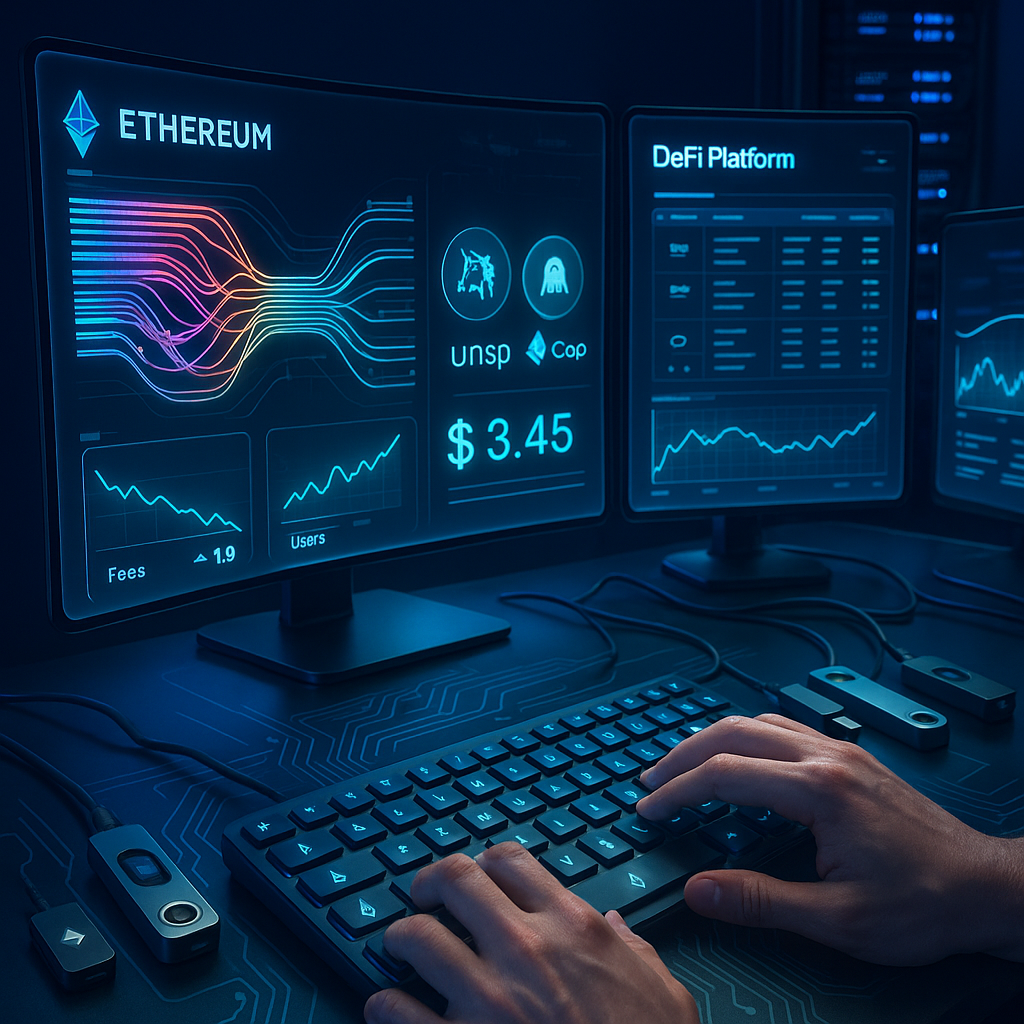Key Takeaways
Navigating decentralized exchanges (DEXs) may seem daunting at first, but gaining the basics empowers you to trade crypto securely and independently. You eliminate middlemen and barriers, putting control directly in your hands. This guide breaks down the essential structure and steps for using a DEX, helping new users participate in DeFi with clarity and confidence.
- Control your crypto and trade without intermediaries: DEXs enable you to swap tokens directly from your personal digital wallet. This means you maintain full ownership of your assets and avoid relying on banks or centralized exchanges.
- Non-custodial solutions keep your keys secure: When using a DEX, your private keys (and thus your funds) stay under your control at all times. This significantly reduces custodial risk compared to centralized platforms.
- Connect your wallet safely: Get started by selecting a reputable wallet such as MetaMask or WalletConnect. Link it to the DEX interface, with no need to create an account or share personal details.
- Select and swap with ease: Choose the tokens you want to trade, enter specified amounts, and let the DEX execute the swap using available liquidity pools. Most platforms show transparent fees before you commit.
- Always be mindful of gas fees and transaction speed: Every trade on a DEX involves a network fee, known as gas, which varies across blockchains and depends on current network congestion. Always review these costs before confirming any trade.
- Double-check all trade details before finalizing: Carefully review token contract addresses, amounts, and slippage tolerances to protect yourself from mistakes or scams. Remember, DEX trades are irreversible and refunds are not available.
- Explore broader DeFi opportunities beyond swapping: Many DEXs offer features like liquidity provision, yield generation, and participation in platform governance. These create additional ways to earn, learn, and engage with crypto.
- Start small and build your skills: For newcomers, beginning with small trades is wise. This helps you become familiar with the process, minimizes risk, and builds your confidence as you learn the nuances of decentralized trading.
Understanding how to use a DEX demystifies your gateway to decentralized finance, giving you both power and responsibility. The next sections provide a practical walkthrough to help you begin trading securely and confidently on any decentralized exchange.
Introduction
Swapping crypto should not require handing control of your assets to a third party. Decentralized exchanges put you in the driver’s seat, enabling you to trade directly from your wallet and on your own terms. This approach marks a significant departure from relying on traditional financial middlemen or centralized platforms.
Learning how to use a DEX opens the door to real independence and broader access to DeFi’s innovative opportunities, all with reduced barriers. This guide walks you step by step (from securing your wallet to executing your first swap), equipping you to trade with confidence, avoid common pitfalls, and gain genuine mastery in the world of crypto. Let’s explore how you can take charge of your digital assets, one smart swap at a time.
Stay Sharp. Stay Ahead.
Join our Telegram Group for exclusive content, real insights,
engage with us and other members and get access to
insider updates, early news and top insights.
 Join the Group
Join the Group
Understanding Decentralized Exchanges (DEXs)
Decentralized exchanges are revolutionizing how cryptocurrencies are traded. Unlike traditional centralized exchanges that act as trusted third parties, DEXs operate exclusively through smart contracts on blockchain networks. This ensures direct peer-to-peer trading, free from centralized oversight.
Key Features of DEXs
Several characteristics distinguish DEXs from their centralized counterparts:
- Non-custodial trading: You control your crypto throughout every transaction, never forfeiting keys or ownership.
- Smart contract automation: Trades are executed by programmable logic, ensuring speed and eliminating human error.
- Permissionless participation: Anyone with a compatible wallet can use a DEX. No registration or approval is necessary, making access open to all.
- Full transparency: Every transaction is publicly viewable on the blockchain, fostering trust and accountability.
Collectively, these features create a secure and open environment for digital asset trading. However, they also place the onus of asset security and transaction accuracy on the user, emphasizing the importance of proper knowledge and vigilance.
Popular DEX Platforms Across Industries
The DeFi ecosystem hosts several leading DEX platforms, each catering to different networks, use cases, and users:
- Uniswap
- The largest DEX on Ethereum, known for pioneering the Automated Market Maker (AMM) model.
- User-friendly interface ideal for beginners and seasoned traders alike.
- Integral to various DeFi protocols in finance, lending, and asset management.
- PancakeSwap
- Built on the Binance Smart Chain, offering lower transaction fees than Ethereum-based platforms.
- Popular for yield farming and participating in innovative blockchain gaming or NFT projects.
- SushiSwap
- Operates on multiple blockchains for maximum compatibility.
- Features advanced trading tools, broad governance participation, and deep community support.
- QuickSwap
- Focused on the Polygon (Matic) network for fast, ultra-low fee transactions.
- Used in gaming ecosystems and micro-transaction environments.
- Curve Finance
- Specializes in stablecoin swaps and low slippage trades for institutional DeFi, payroll automation, and cross-border settlements.
Considering the diversity of these platforms, selecting the right DEX will depend on your goals. Whether it’s simple token swaps, earning yield, or participating in new decentralized projects. Financial professionals, tech innovators, and even enterprise supply chains are all beginning to utilize DEX infrastructures to create new efficiencies across their operations.
Getting Started with DEX Trading
Transitioning to decentralized trading starts by preparing your crypto wallet and ensuring secure connectivity. This is the foundation of all DEX interactions.
Setting Up Your Wallet
A Web3 wallet links you to the DeFi world. MetaMask leads in popularity, but WalletConnect and Trust Wallet are also widely supported.
Steps to get started:
- Install your chosen wallet as a browser extension or mobile app.
- Create a new wallet, carefully backing up your seed phrase in a secure, offline location. Treat this as your master key.
- Import an existing wallet if you already have one, using your secure seed phrase.
- Add relevant blockchain networks (such as Ethereum, BNB Chain, or Polygon) as needed for your desired DEX.
Your wallet is not just an app. It is your vault. Strong password protection and offline seed storage are critical to keeping your crypto safe.
Connecting to a DEX
Once your wallet is ready:
- Visit the official website of your chosen DEX.
- Click “Connect Wallet,” then select your wallet provider.
- Carefully review the network you are connecting to and confirm the permissions the DEX is requesting.
- Authorize the connection within your wallet app.
- Ensure your wallet is linked to the network compatible with the DEX (for example, Ethereum for Uniswap, Binance Smart Chain for PancakeSwap).
Always double-check website URLs and be wary of imitations. Never enter or share your seed phrase; genuine platforms will never ask for it.
This setup process is common across other industries integrating blockchain, such as digital art marketplaces (NFTs), decentralized financial services, educational transcript verification, and even environmental impact platforms using on-chain data.
Making Your First Trade
Once connected, it’s time to experience trading on a DEX using liquidity pools.
Understanding Liquidity Pools
Liquidity pools are the backbone of DEX functionality. Unlike traditional order book systems, DEXs rely on pools of token pairs, continuously maintained and balanced by users known as liquidity providers.
Key liquidity pool dynamics:
- Each pool holds two tokens, maintaining a mathematical balance to enable instant swaps.
- Prices are algorithmically adjusted based on supply and demand, ensuring constant availability.
- Larger pools generally result in lower slippage and more favorable rates.
This system allows for seamless, direct trades between users, making the exchange process transparent and efficient. Similar pooled models are used in algorithmic market-making for traditional finance, price prediction in insurance, resource distribution in environmental platforms, and even reputation scoring in digital education certificates.
Stay Sharp. Stay Ahead.
Join our Telegram Group for exclusive content, real insights,
engage with us and other members and get access to
insider updates, early news and top insights.
 Join the Group
Join the Group
Step-by-Step Trading Process
- Select Your Tokens
- Choose which token you want to swap and the token you wish to receive.
- Always verify the token’s smart contract address to avoid fraudulent clones.
- Review liquidity and recent trading volume to ensure a healthy market.
- Configure Your Trade
- Enter how much of your token you wish to trade.
- Check the quoted amount you’ll receive after fees and slippage.
- Set your slippage tolerance, commonly between 0.5% and 1% for stable pairs.
- Approve and Confirm
- If this is your first trade with a token, approve it for spending from your wallet.
- Review the network’s current gas fee and confirm if the transaction makes sense for your budget.
- Confirm the transaction in your wallet and monitor blockchain explorers for final status.
Managing Gas Fees
Gas costs can influence your trading experience and profitability. Optimal strategies include:
- Trading during periods of low network activity to minimize fees.
- Using blockchain analytics or fee-tracking services to identify off-peak times.
- Exploring cost-effective blockchains or Layer-2 networks that offer quicker, cheaper transactions.
- Adjusting gas limits manually if possible, but always ensuring transactions are processed properly.
Similar strategies apply in industries like logistics (streamlining digital record swaps), healthcare data validation, and supply chain automation to optimize cost and efficiency on blockchain-backed platforms.
Success in DEX trading hinges on understanding these mechanics and thoughtfully integrating them into your approach.
Advanced DEX Features
As you grow more comfortable with DEX basics, you may want to explore advanced features that can boost your earning potential and engagement in DeFi.
Providing Liquidity
DEXs empower users to earn transaction fees by acting as liquidity providers.
Key aspects:
- Deposit equal value pairs of tokens into a liquidity pool.
- Receive LP (liquidity provider) tokens, which represent your pool share and accrue trading fee rewards.
- Withdraw your tokens, plus fees earned, at any time.
- Be aware of impermanent loss, which can affect the total value of your investment if token prices diverge.
Liquidity provision models are being adapted in other fields as well. For example, decentralized insurance pools allow users to share risk in return for premiums, while shared energy and resource pools in the environmental sector reward participants for maintaining network stability.
Yield Farming
DEXs frequently partner with DeFi platforms to offer yield farming rewards. Common opportunities include:
- Staking LP tokens in additional incentive programs to earn platform-specific rewards.
- Strategically navigating among pools and farms to find the best annual percentage yield (APY).
- Actively monitoring APR changes, new pools, and evolving platform features for maximizing outcomes.
Similar incentive-driven approaches are being tested in educational micro-scholarships, crowdfunded clinical research, and tokenized content marketplaces.
As you explore these advanced features, careful research and clear risk management are essential for protecting your assets.
Conclusion
Decentralized exchanges have unlocked a new paradigm in crypto trading. One focused on user control, transparency, and unrestricted access. By internalizing DEX fundamentals such as non-custodial wallets, liquidity pool mechanics, and automated smart contract workflows, newcomers can approach trading with increased confidence and self-determination. Top DEXs like Uniswap, PancakeSwap, and SushiSwap illustrate the diverse tools and opportunities available, letting you align platform choice with your personal goals.
The journey in DeFi extends well beyond making your first swap. To truly thrive, you must commit to responsible asset management, rigorous security, and continuous learning. As industries from finance to healthcare, education, and environmental science integrate blockchain-powered exchanges and tokenization, staying informed gives you a powerful edge.
Looking ahead, those who embrace decentralized tools and cultivate adaptive learning habits will lead in an increasingly digital and democratized economy. Whether you are seeking to optimize trades, maximize earnings, or simply participate in the next wave of innovation, the future of decentralized finance is wide open to those prepared to navigate it with clarity, discipline, and curiosity.
Ready to trade on your terms? The decentralized economy awaits your first step. Begin mastering the tools today so you can help shape the future of finance tomorrow.





Leave a Reply